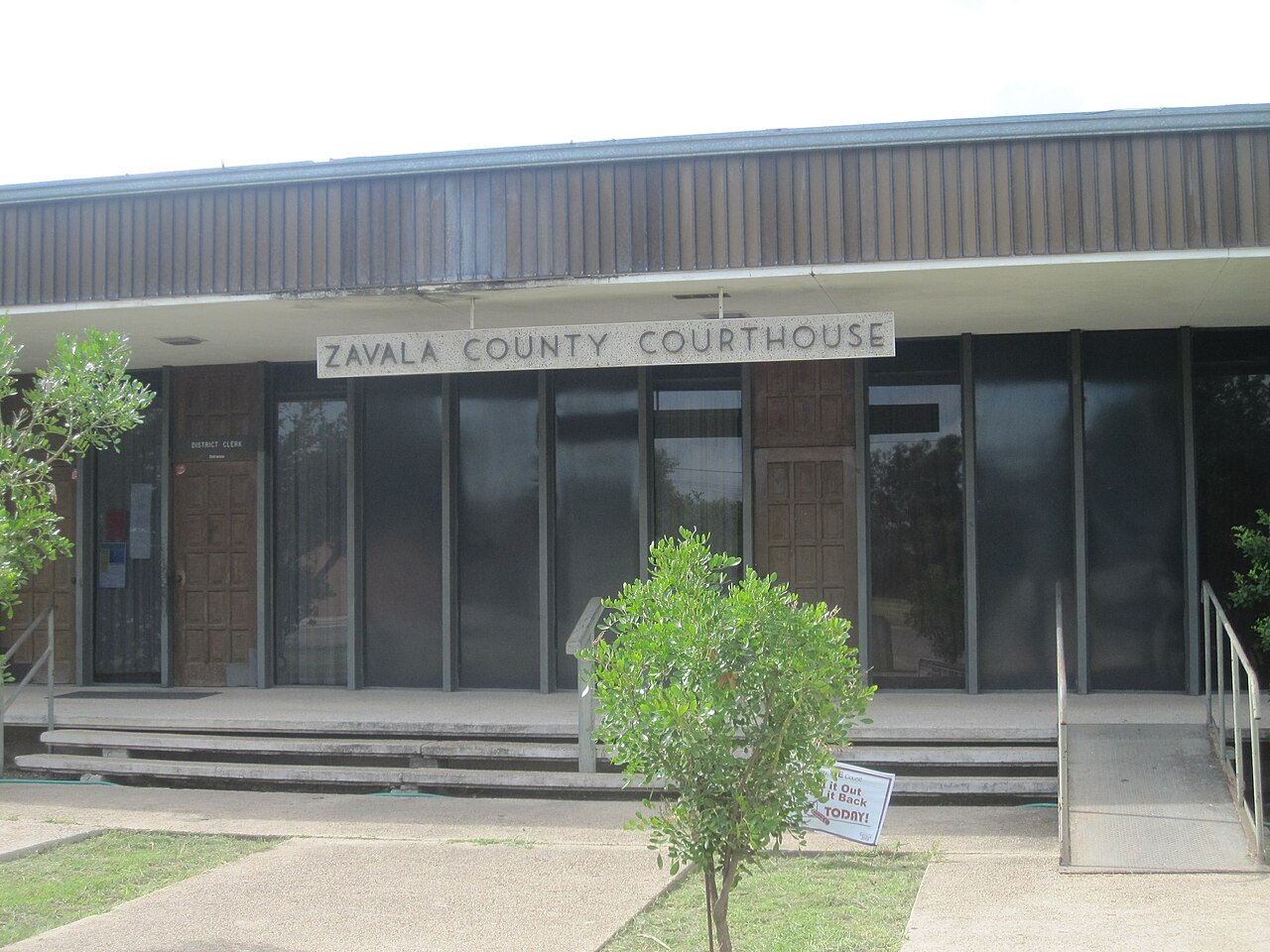Texas Writs of Garnishment to Collect Judgment Liens from Gray County, Texas
At Busby & Associates, we understand that collecting a judgment can be a stressful and time-consuming process, which is why we offer legal services that can help you recover what you are owed. We are skilled in defending, collecting, and enforcing judgments, with a focus on garnishment of bank accounts and financial institutions. Additionally, we offer legal support for consumer bankruptcy, family law, and divorce matters, and we can assist both obligors and obligees with child support lien collections and defense, and domestication of foreign child support liens in Gray County, Texas. If you are a judgment creditor struggling to collect from a debtor in Gray County, Texas, contact us, and we will provide you with the legal guidance and support you need to get the results you want.
Texas Judgment liens in Gray County
An abstract of judgment that has been properly filed and indexed can create a lien on all nonexempt real property of the judgment debtor in Gray County. The lien remains in effect for ten years from the date of recordation and indexing, provided the judgment does not become dormant. The abstract must be filed in every county where the creditor wants to fix the lien. Only final judgments, not interlocutory ones, can create a lien. However, if the judgment is being appealed or if a supersedeas bond has been filed, an abstract can still be filed on a final judgment. If a creditor has already taken the necessary steps to obtain a lien before an appeal is filed, the appeal will not affect the effect of such steps in the event of affirmance. These rules apply only to Texas state trial court judgments and not to foreign judgments, which must first be domesticated in Texas before a lien can be created.
Texas Abstract of Judgment
Adhering to the state’s regulations is crucial when abstracting a judgment in Texas. The abstract of judgment can typically be prepared by the judge, justice of the peace, clerk of the court, judgment creditor, agent, attorney, or assignee for judgments rendered in most courts, except for small claims and justice courts where the judgment creditor is not allowed to prepare their own abstract. Note that abstracts of federal court judgments require certification from the clerk of the court. To abstract your judgment lien in Gray County, Texas, visit the County Clerk’s office located at 205 N Russell St, Pampa, Texas 79065.
Contents
An abstract of judgment in Texas is only valid if it meets certain requirements, such as providing the names of the plaintiff and defendant, the defendant’s birthdate (if known), the defendant’s driver’s license and social security numbers (if known), the suit number, the defendant’s address or citation information, the date the judgment was rendered, the amount of the judgment and balance due, any child support arrearage, and the interest rate. The abstract must also include the mailing address for each plaintiff or judgment creditor and be verified by the creditor’s attorney. Failing to include the mailing address may result in a penalty filing fee. Unverified declarations are not accepted.
Recordation of Judgment Liens Abstract
If the debtor has real property in Gray County, the abstract of judgment should be registered there. The Gray County clerk receives the abstract and records it in the county’s real property records, specifying the date and time of recording. The clerk must also enter the abstract in the alphabetical index to the real property records, displaying the names of both the plaintiff and defendant and the page number where the abstract is recorded.
Abstracts of Domesticated Judgment Liens.
Under the Uniform Enforcement of Foreign Judgments Act and the Uniform Foreign-Country Money Judgments Recognition Act, foreign judgments can be enforced in the same manner as judgments filed in the originating court. The foreign judgment holder must fulfill the lien requirements to domesticate the judgment in Texas.
Property To Which Lien Attaches Non-Exempt Real Property
Gray County is the jurisdiction where the judgment lien attaches to all nonexempt real property owned by the defendant and recorded in the county.
Keeping the Judgment and Judgment Lien Alive
1. Non-governmental Judgments
The judgment lien continues for a period of ten years from the date of recording and indexing an abstract, but it becomes dormant if no writ of execution is issued within that time, causing the lien to cease. Therefore, to maintain the judgment lien, one must keep the judgment active and obtain and record a new abstract of judgment. A dormant judgment can be revived through scire facias or a debt action filed within two years of dormancy.
2. State or State Agency Judgments.
State or state agency judgments do not become dormant and maintain their enforceability. A valid abstract of judgment can establish a lien that lasts for 20 years from the date of filing, and the lien can be renewed for another 20 years by filing a renewed abstract of judgment.
3. Political Subdivisions.
Judgments of political subdivisions can become dormant under dormancy statutes, but the political subdivision can revive the judgment using the revival statute, Civ. Prac. & Rem. Code § 31.006, at any time. Hence, the political subdivision is not precluded by the statute of limitations from reviving the judgment beyond the two-year dormancy period.
4. Child Support Judgments.
The exception to the dormancy statute for child support judgments is provided by § 34.001 Subsection (c) of the Civ. Prac. & Rem. Code and applies to all such judgments, irrespective of when they were granted.
Property Subject to and Exempt from Execution.
1. Property Subject to Execution.
The execution can seize the judgment debtor’s property unless it is exempted by the constitution, statute, or any other legal rule. Generally, the following types of property are not exempted: a. Cash on hand or in checking or savings accounts; b. Pleasure boats and their motors and trailers; c. Collections of items such as stamps, coins, etc.; d. Investments like stocks, bonds, or notes; e. f. Airplanes. Corporations have no exempt property.
2. Property Exempt from Execution.
Property in the categories below is protected from execution, regardless of whether it belongs to a family or an individual: a) The principal residence b) Personal property of various categories defined by statute, up to an aggregate fair market value of $100,000 for families or $50,000 for non-family individuals c) Earnings from personal services (excluding child support) and unpaid service commissions that do not exceed 25% of the aggregate $50/$100,000 limit d) Health aids prescribed by a professional e) Worker’s compensation payments f) Cemetery plots for sepulcher purposes g) Property sold, mortgaged, or conveyed in trust by the judgment debtor, provided that the purchaser, mortgagee, or trustee points out other debtor property sufficient to satisfy the execution h) Assets held by a spendthrift trust’s trustee for the benefit of the judgment debtor i) Specific insurance benefits and savings plans, such as retirement benefits and health savings accounts j) College savings plans k) Certain consigned artwork.
WRITS OF GARNISHMENT.
If a judgment creditor believes that a third party owes any funds or property to the judgment debtor, they can use the post-judgment garnishment procedure to investigate. If any debts are identified, the creditor (garnishor) can obtain a garnishment judgment, which compels the third party (garnishee) to pay funds to the garnishor instead of the debtor.
Requirements to Issue
To employ garnishment following a judgment, certain prerequisites must be satisfied. Firstly, the creditor must hold a valid and subsisting judgment against the debtor, with the judgment being deemed final and subsisting from the date of rendition. Secondly, the debtor must not have filed an approved supersedeas bond to suspend execution on the judgment. Finally, the creditor must declare that, based on their knowledge, the judgment debtor does not hold enough property subject to execution in Texas to fulfill the judgment.
Procedure for Securing Issuance Jurisdiction and parties
Remember that when seeking post-judgment garnishment, it is a separate legal proceeding from the main case it intends to enforce. The third-party garnishee should be identified as the defendant, as it is an ancillary lawsuit. It should be submitted in the same court that rendered the judgment for collection, but under a different cause number.
Service of the writ of garnishment/notice to judgment debtor.
To start a garnishment action, the writ of garnishment must be served on the garnishee, and the involvement of the judgment defendant is not essential. However, the defendant must be served with a copy of the writ, application, affidavits, and court orders as soon as practical after the garnishee has been served. The copy of the writ served on the defendant must include the contents of the writ in bold 12-point typeface and in a manner that is easily comprehensible for a reasonably attentive person. Failure to give the judgment debtor property notice invalidates any judgment, except one that dissolves the writ.
Banks as Garnishees for Writs of Garnishment
To serve garnishment writs on garnishee banks, they must be delivered to the address specified as the registered agent’s location in the financial institution registration statement under Section 201.102 or 201.103 of the Finance Code. Out-of-state financial institutions are required to file a registration application with the Secretary of State, complying with the state’s foreign corporation laws, including appointing an agent for process under Section 201.102. Texas financial institutions may appoint an agent for process by submitting a statement to the Secretary of State under Section 201.103.
Officer’s Return.
To comply with the citation regulations, the officer who executes a writ of garnishment must file a return, according to Tex. R. Civ. P. 663. The judgment creditor must review the return before seeking a garnishment judgment, especially in cases of default judgment. Returns in garnishment proceedings must adhere to the same regulations as citations in general. Courts have rejected returns that do not specify the method and place of service on a corporate garnishee.
Forms for the form and Practical Procedure
In the event that you locate a bank account or any other debt that can be garnished from the judgment debtor and it is financially viable to do so, file an Application for Garnishment along with an affidavit signed by the judgment creditor’s attorney. The affidavit should provide necessary details, such as the original suit and judgment information, the garnishee’s name, officers for service, and address for service, as well as any available account names and numbers.
Recovering a judgment in Texas can be challenging, but Busby and Associates can help. They offer contingency-based assistance for Texas judgments and evaluate cases from other states with the debtor in Texas on a case-by-case basis, which may require a retainer. In Gray County, they can help you garnish a bank account or financial institution to recover the amount owed.














